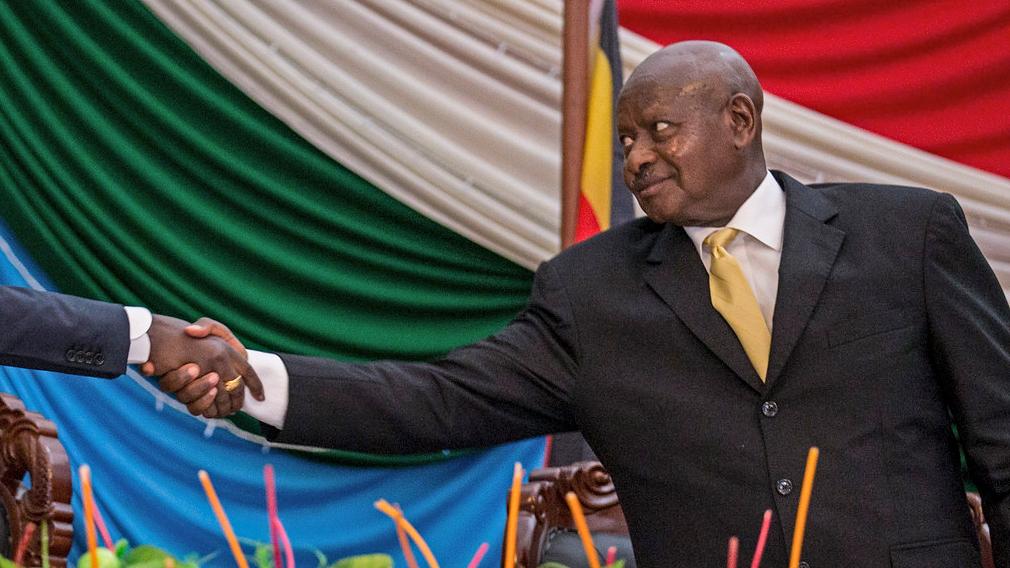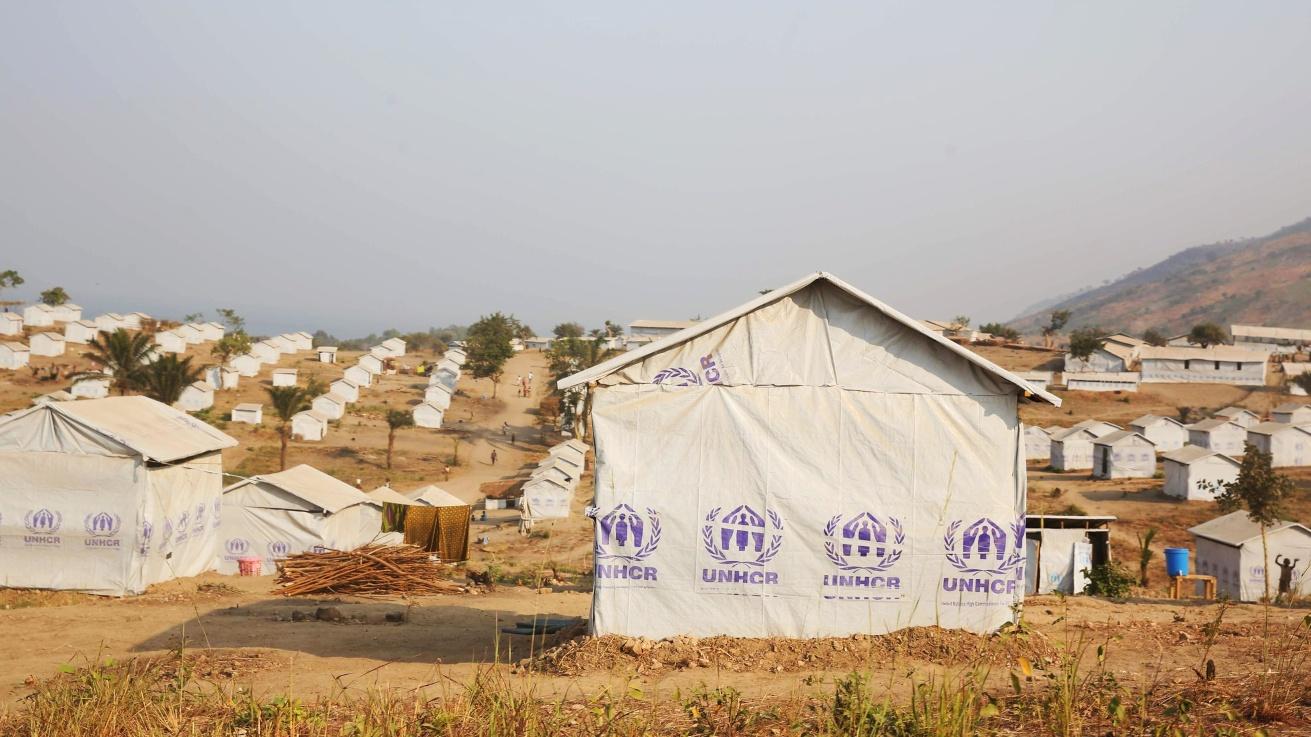Mai Hassan and Alex Dyzenhaus explain how devolution of power to Kenya’s 47 counties is transforming the 2017 elections.
This article is part of our African Elections series.
On August 8, Kenyans will go to the polls. Much attention has focused on the national race between the two main presidential competitors: incumbent Uhuru Kenyatta of the Jubilee Party and Raila Odinga heading the National Super Alliance (NASA).
But some of the most intense competition is for seats at the local level. This election is only the second after the 2010 constitution that devolved power to the country’s 47 counties. And it is the first in which both voters and politicians realise how powerful county positions are.

We see this increase in competition through the surge in candidates. There are 15082 candidates running for 1882 positions, 18 per cent more candidates than in the previous 2013 election. Much of this growth has come from independents who are running without any party. 25 per cent of candidates in this cycle (3572) are running as independents in comparison to 3 per cent in 2013.
Where did this horde of (independent) candidates come from? First, while there was debate about how the counties would work and the extent to which the president’s executive power would be tempered, citizens and aspirants alike have embraced the spirit of the new constitution. Kenyans have clued into the power and resources present in the counties – 15 per cent of Kenya’s GDP is devolved to counties for internal infrastructure and development programs — therefore creating an inevitable growth in interest in winning these seats.
Second, the country’s formal laws incentivise defecting behaviours among aspirants. In Kenya’s past, aspirants who lost party nominations simply moved to another party. In other cases, powerful incumbent-party politicians threatened defection to extract resources from the president.
Article 85a in the constitution has put a stop to defections. Aspiring candidates cannot change parties 90 days before an election. In response, many primary runners-up and would be party-hoppers have now decided to run as independents. This logic indicates the pre-existing weaknesses of Kenya’s party system.
There seems to be logic to defections. Figure I shows the distribution of independent candidates per electoral seat by county on Uhuru’s vote share in 2013.
The areas that seem uncompetitive in terms of the presidential contest are highly competitive at the local level. Independent candidates are concentrated in the strongholds of Jubilee (Mt Kenya and Rift Valley) and NASA (Nyanza, Western, Ukambani and Coast). The largest number of independents are in Mt Kenya – Uhuru’s traditional stronghold – (e.g. Nyeri and Meru), where there are between 2 and 4 per elected position.
But where Jubilee and NASA are fighting for votes, there are many fewer independent candidates. Here, local disunity or coalitional infighting could hamper attempts to win local positions for each alliance.
Devolution has also changed the dynamics of ethnic competition. While it may have taken the edge off some ethnic campaigning at the national level, the importance of county level seats has in turn given rise to local-level ethnic cleavages.
The governorship in particular has become hotly contested. Since the governor has the most say in determining where projects in a county are built, previously united ethnic groups have begun to split along sub-ethnic, sub-regional, or clan lines to win this seat for themselves.
In the ethnically homogenous Abagusii counties of Kisii and Nyamira, the politics of clan, sub-clan and location of origin has fueled a massive influx in candidates. These divisions are so numerous that in 2013, Nyamira had so many viable gubernatorial candidates that the current governor only won with 18 per cent of the vote.
In some cosmopolitan counties this clan-based competition has created interesting and at times tense alliances that cross-cut conventional ethnic divides (eg, in Embu, Marsabit and Narok). In Uasin Gishu, the Kalenjin sub-groups of the Keiyo and the Nandi have split between a Jubilee and an independent candidate for governor leading to tension between the minority Kikuyu ethnic group – who are perceived to back the Keiyo independent candidate – and the majority Nandi.
There is clearly a new type of competition in Kenyan politics that is developing around the counties. While the presidential race is still fiercely contested, county-level competition is also strong. The counties have encouraged a rise in hopefuls, especially independents, which challenge the presidential candidates’ parties in their own backyards. The counties also embody new local constituencies, which have fragmented and crosscut old allegiances and alliances. How strong will these new candidates and new alliances prove? We will find out soon after August 8.
Mai Hassan (@MaiOHassan) is an Assistant Professor at the University of Michigan. Alex Dyzenhaus (@dyzenhaus) is a PhD student at Cornell University.
The views expressed in this post are those of the author and in no way reflect those of the Africa at LSE blog or the London School of Economics and Political Science.







Kenya is considered as an example of democratic practice in African regions. But, recent turmoil for past election situation makes the country to near of conflict. We hardly see the peaceful power transform in Africa that is hampering the image of the country and now featuring as a new Conflict in Africa .